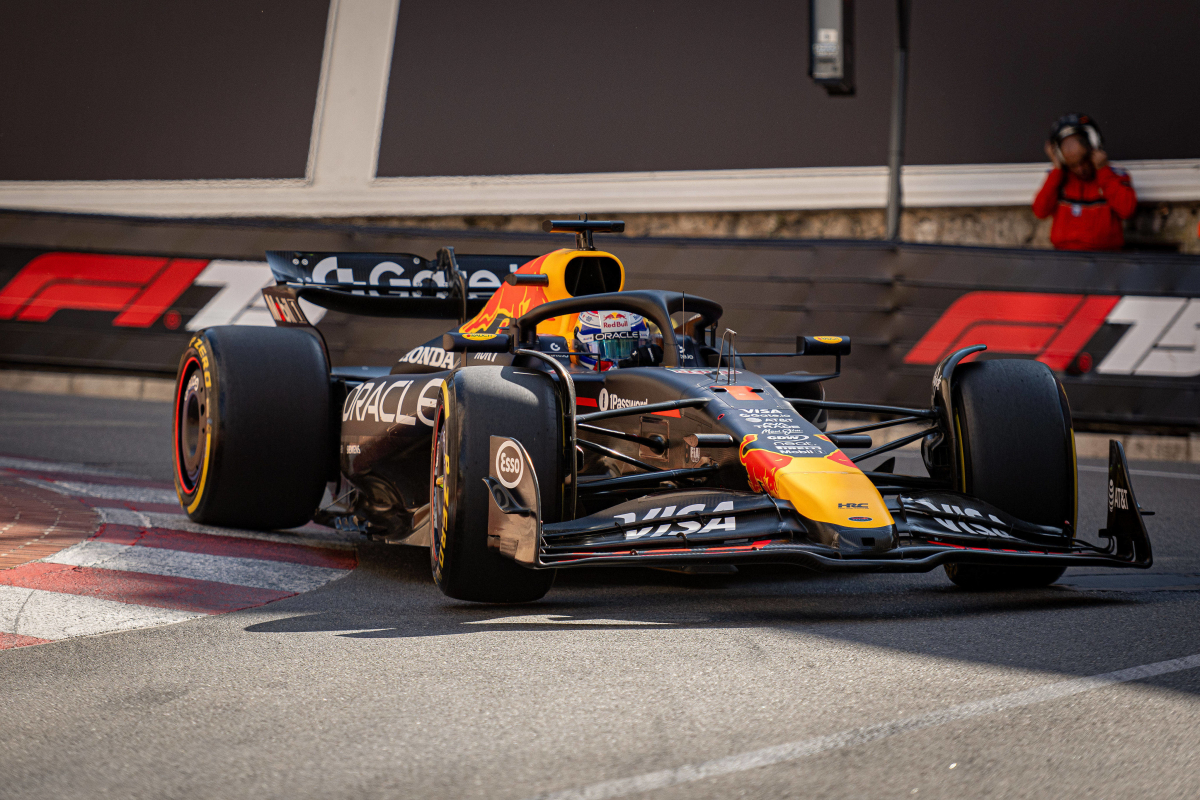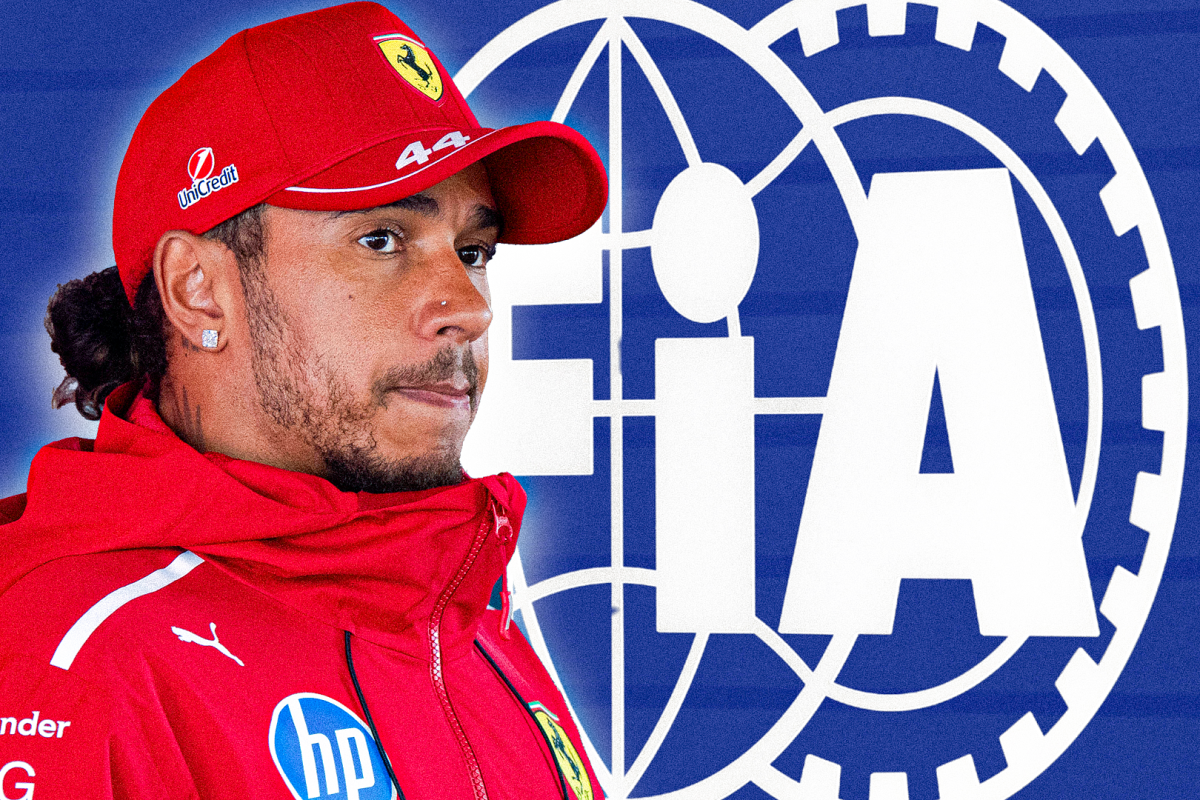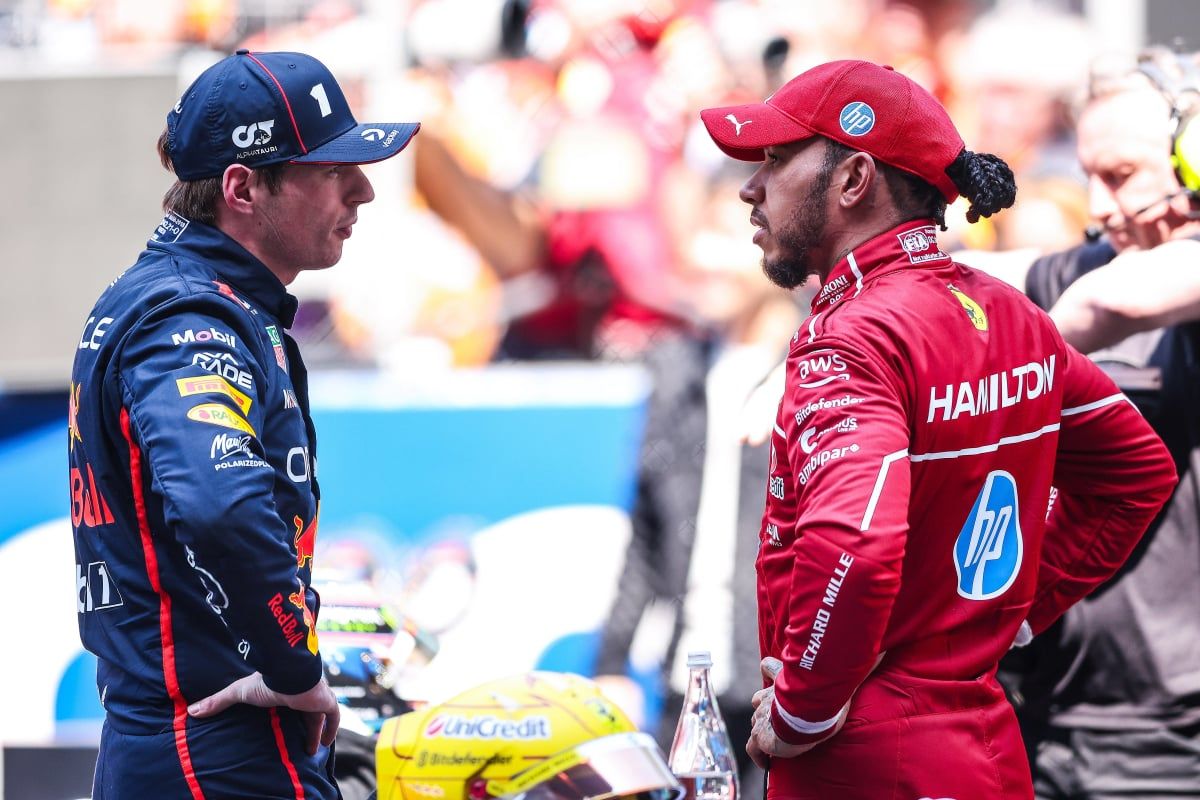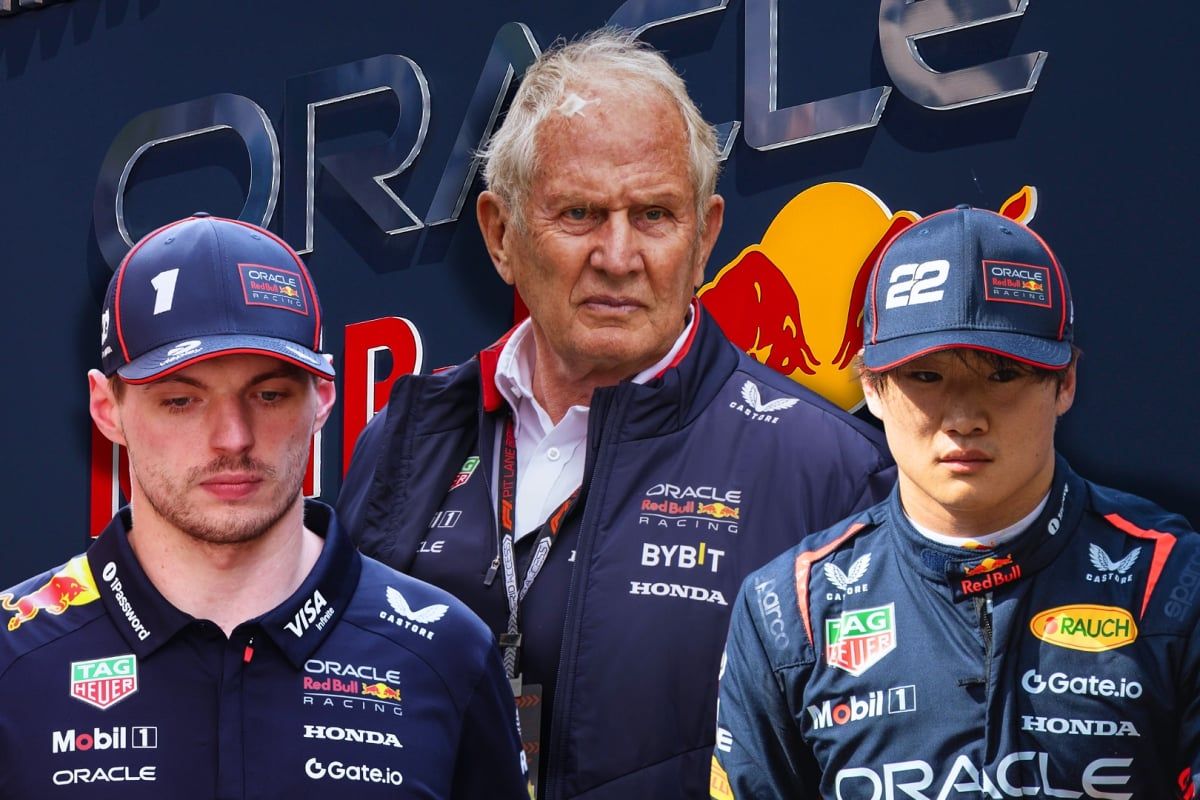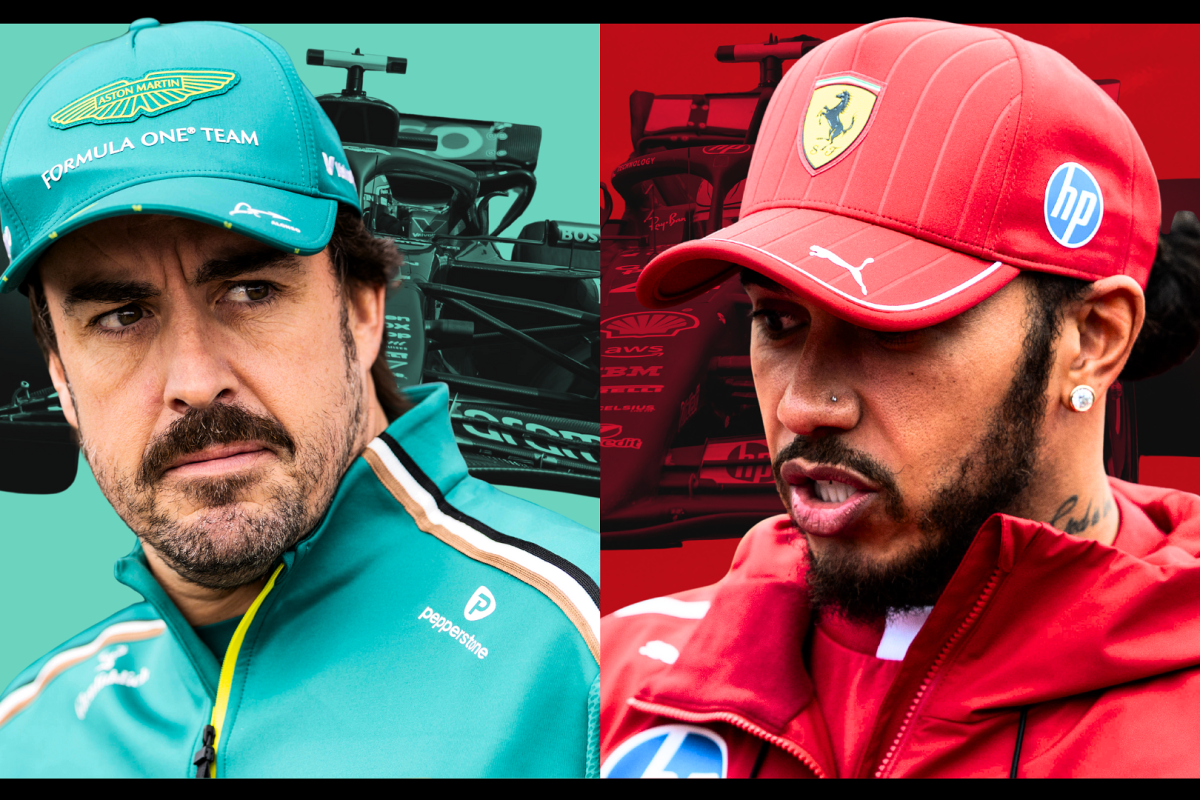Radical Monaco Grand Prix qualifying c… read more
A radical change to the qualifying format for the Monaco Grand Prix has been proposed by the Sky Sports F1 commentary team in response to persistent issues with impeding during circuit sessions. The Monaco Grand Prix, known for its narrow streets and tight corners, presents unique challenges that amplify the difficulties drivers face in finding clear space for their hot laps. This situation has been highlighted during the current race weekend, particularly because several drivers are navigating this iconic track for the first time in their careers.
Throughout the practice sessions leading up to qualifying, the issue of impeding has become a focal point. With six out of the 20 drivers lacking experience on the challenging Monaco circuit, the already intense competition has been exacerbated. Impeding, where one driver obstructs another in the middle of a fast lap, can significantly affect lap times and positions. These incidents not only frustrate drivers but also raise concerns about fairness and competitiveness as each driver attempts to secure their spot on the grid.
In light of these challenges, former world champion Jenson Button has proposed a significant alteration to the qualifying format. He suggests splitting Q1 into two separate groups to provide each driver with a fairer opportunity to complete a flying lap without the presence of a slower car ahead. Button emphasized that this format would ideally mix the drivers rather than strictly categorizing them by lap times. The rationale behind this proposal is to prevent the “dirty air” effect, where a driver trailing closely behind another experiences reduced aerodynamics and grip, making it harder to set a competitive time.
“The B part of Q1 would always be quicker if it’s just the fastest 15 or 16 cars. So, you could select half of the drivers from each session, resulting in a fairer contest,” Button stated. This change could potentially lead to a more level playing field, allowing drivers who may otherwise be disadvantaged by traffic the chance to showcase their abilities amidst the unique demands of the Monaco circuit.
However, not everyone is on board with this idea. Lead commentator David Croft expressed skepticism, arguing that the spectacle of qualifying would be diminished. “The thrill of having 20 cars all vying to avoid the bottom five in Q1 creates an electric atmosphere. Year after year, despite the challenges, drivers manage to adapt and strategize to navigate the circuit effectively,” Croft insisted. He contends that the current format fosters a compelling narrative of skill and tolerance among the drivers, as they learn to cope with the complexities of the race weekend.
This discussion comes on the heels of several notable impeding incidents during practice sessions, which have added fuel to the ongoing debate. One such incident involved Lewis Hamilton and rookie Liam Lawson, where Hamilton seemingly braked right in front of Lawson, leading to a tense confrontation. Similarly alarming was the moment when Lance Stroll veered into the path of Charles Leclerc, disrupting Leclerc’s flying lap and resulting in damage to Stroll’s car that ultimately ended his session prematurely.
Max Verstappen also found himself embroiled in drama after encountering Gabriel Bortoleto, who impaired the four-time world champion during their runs. The young Brazilian’s inexperience showed as he nearly collided with Verstappen, highlighting the necessity for drivers to remain aware of their surroundings in a notoriously crowded and tricky environment like Monaco.
As fans and experts alike ponder the merits of Button’s proposal, the hope is that by the time the qualifying session and race commence, the drivers will have acclimated to the nuances of the Monaco circuit. While the potential for change looms, the challenge of maneuvering through such a demanding circuit remains a defining characteristic of the Monaco Grand Prix, maintaining its status as one of the most prestigious and thrilling races on the Formula 1 calendar. As the debate unfolds, it reflects the broader struggle for balance between fairness and excitement in the ever-evolving landscape of Formula 1 racing.
